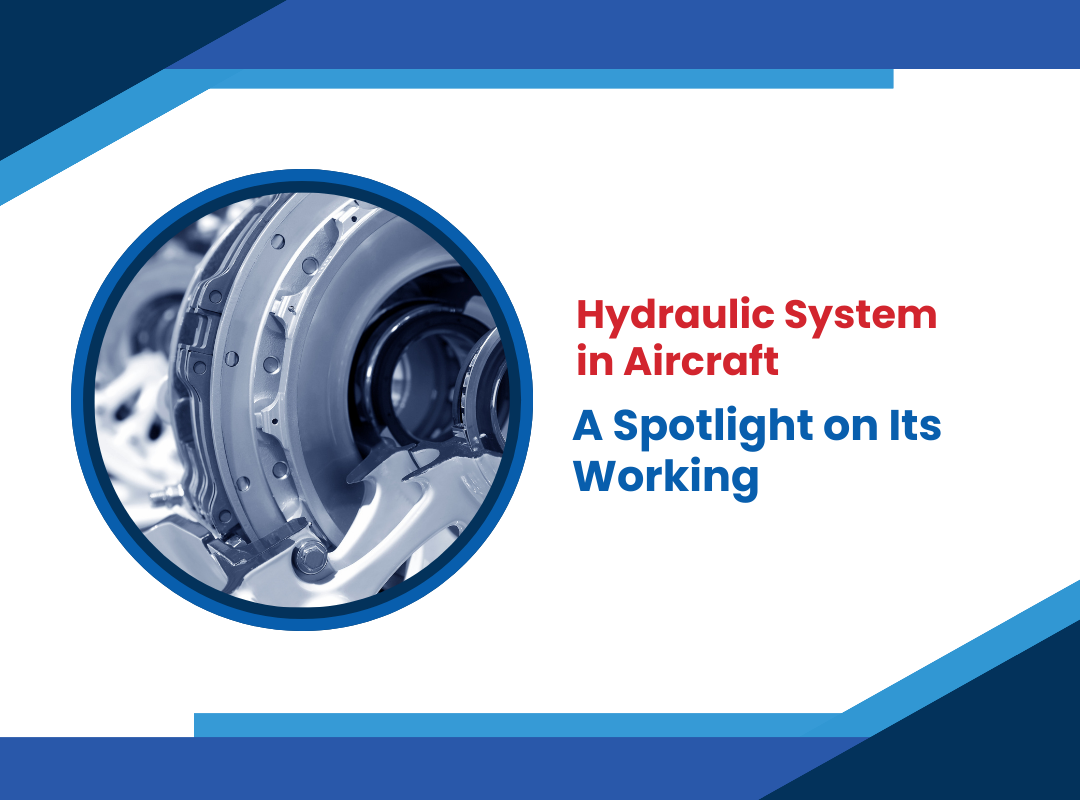Introduction Hydraulic systems play a crucial role in the functioning of modern aircraft. They power major systems like flight controls, landing gear, brakes, and even in-flight engine controls. Most aircraft we see today cannot function correctly or safely without hydraulics. This blog post will examine how hydraulic systems work in aircraft and their key components.
The Fundamentals
A liquid medium, generally hydraulic fluid, flows through pipes and tubes to power actuators and motors at the core of any aircraft hydraulic system. Unlike electrical systems that use electrons as the working medium, hydraulic fluid – typically a type of lightweight oil – provides the means for power transmission.
This fluid is pumped at high pressures by a hydraulic pump, controlled and regulated by valves, accumulators, and filters, and channeled to various “users” like actuators or motors. By applying pressure or impulse of fluid to devices like piston cylinders or hydraulic motors, substantial forces, and motion can be achieved for critical systems.
Components of an Aircraft Hydraulic System
- Very high pressures of 3000-5000 psi are needed in a constrained space
- Significantly lower reservoir capacity and environmental vulnerabilities
- Strikter weight reduction without compromising safety or redundancy
- Fail-safe design for critical loss-of-control situations
- Noise and vibration dampening due to operational stresses and proximities
- Superior filtration needs with typical levels of 10 microns or finer
- Resistance to aerodynamic heating and external environment factors
Future Evolution
Even though hydraulics in aircraft have evolved remarkably over the past century of aviation, development continues. Engineers envision newer capabilities like self-healing systems with expandable fluids to plug leaks. Liquid flow sensors can now provide real-time diagnostics of impending component failures – a significant advancement over routine maintenance schedules.
Pumps and motors will gradually improve efficiency, power density, and noise reduction. Composite hydraulic pipes in new aircraft like Boeing 787 help reduce system weight significantly. Electro-hydraulic actuators are also gaining wider acceptance.
However, a revolutionary transition from conventional hydraulics to alternate mediums like electromechanical or electro-hydrostatic concepts still seems some years away – until electric power systems can offer equivalent safety and reliability. But aviation hydraulics will enter a new era like countless other aircraft systems before when that shift happens.
Conclusion
Aircraft hydraulic systems showcase hydraulics technology, providing a critical functionality and safety backbone that enables aviation. From tiny private planes to giant airliners, hydraulics power indispensable movements and actions. With ever greater fluid system performance and efficiency, hydraulics will continue playing an integral role in aircraft for decades despite gradual transitions to hybrid electrically powered systems. Next time you fly on board a plane, remembering the hydraulics working silently to help that experience happen may evoke an added appreciation of this vital aircraft system.


